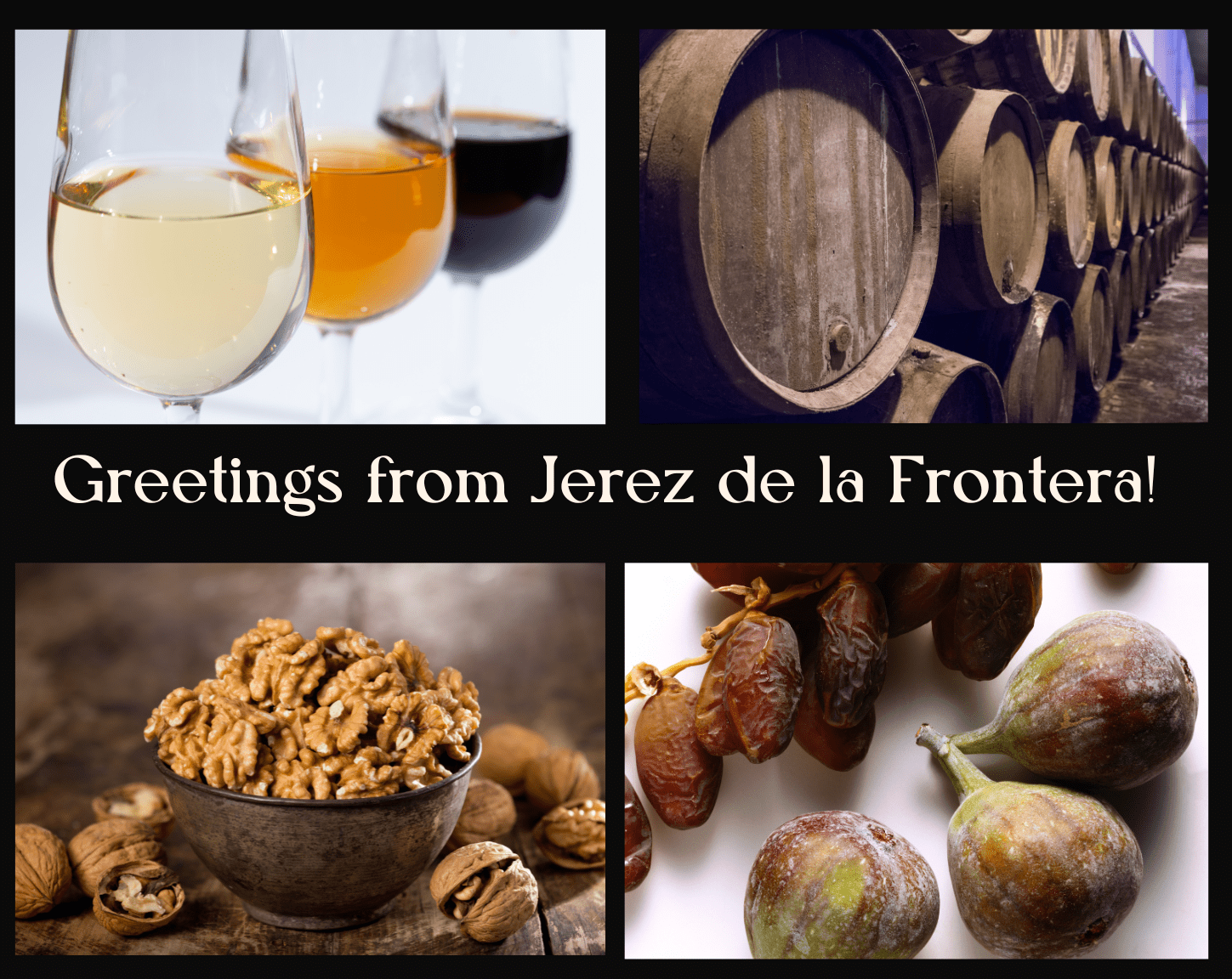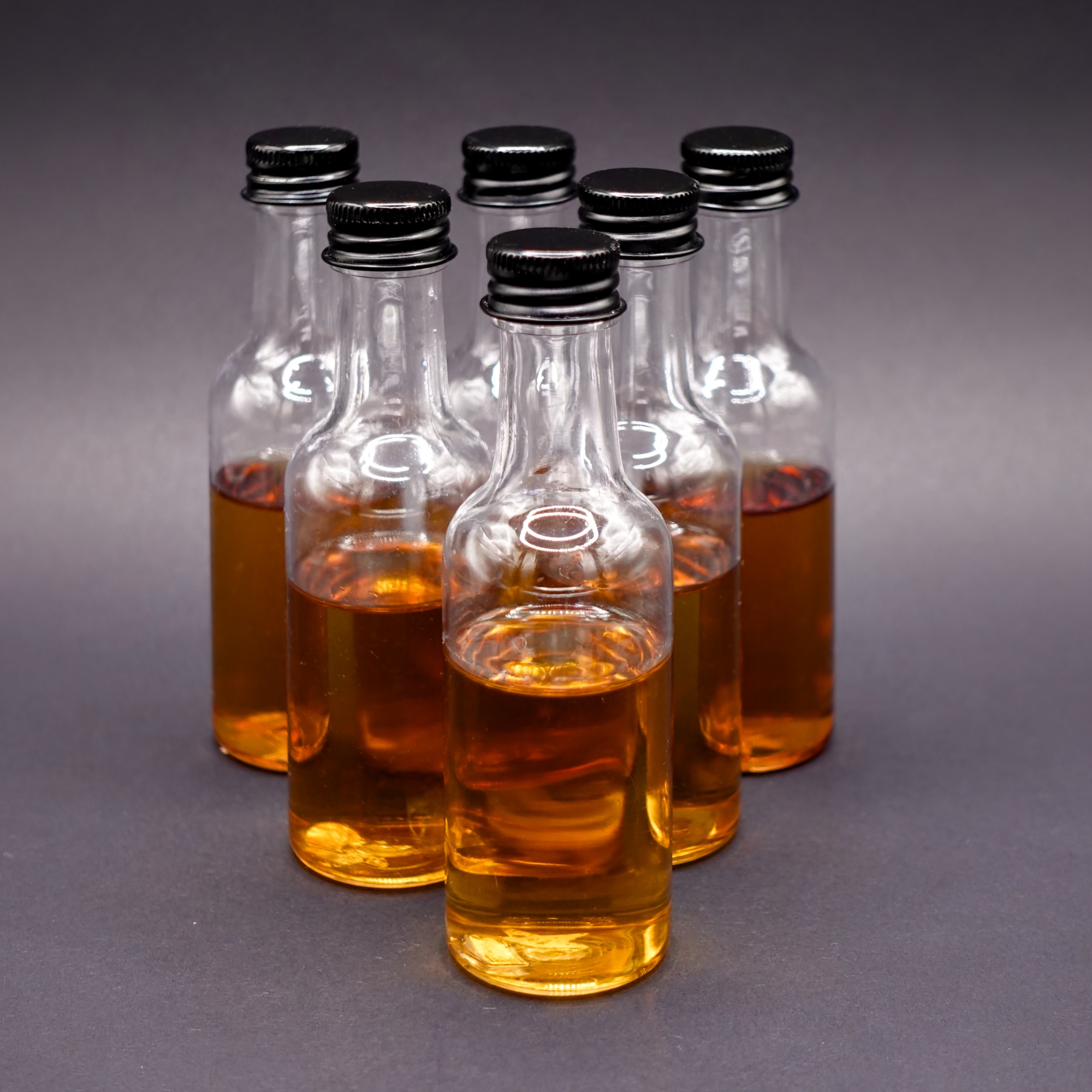
After exploring ex-bourbon cask whisky, I am moving on to look at the other side of the barrel ageing coin. This post is an introduction to Sherry cask whisky ageing. Stay tuned for more reviews of easy-to-find, original bottling, sherry-forward single malts.
Sherry cask ageing has a long tradition in Scottish whisky, likely much older than the use of ex-bourbon casks. There is limited and conflictual evidence of when ex-sherry casks started being used for whisky ageing, though the early XIX century seems to be when the first documented cases were reported. While we may not be sure of when the practice started, we do know why.
Sherry (or Jerez as it should be properly called), used to be popular in the UK until 30-40 years ago. During most of this time, the wine used to be shipped from Spain to the UK in barrels. Since shipping these back was not economically sensible, wine merchants looked for an easier way to dispose of them. Selling them to whisky distillers provided a profit for the wine merchants. For the distillers, it provided an available and relatively cheap source of casks to age their whisky in. In the process the cask ageing added rich dried fruit, treacle, toasted and spicy notes to the spirit, providing that now well-recognised Sherry profile to single malt
Doing research for this post I realised that many of the assumptions I had about sherry casks, and heard others repeat, are at best mistaken and, worst case, plain wrong. Here are four facts that I wish someone had explained to me:
I was so wrong about Sherry Casks
- The sherry casks used to age whisky are not the casks used to mature sherry. The casks used to age sherry, those that make the so called Solera system, are a precious resource and can remain in use for over 100 years. They are not, and never were, used to ship sherry around. The cask originally used in the XIX century were specifically made for transport, but…
- … not anymore. Since 1986 Spain regulations require Jerez/Sherry to be fully bottled in its region of origin in Southern Spain, effectively prohibiting the transport in cask. And at that point the practice of shipping casks was hardly used anymore. As a result:
- The casks used to age whisky (and other spirits) are specifically produced for this reason. Sherry is added to condition the casks for 1-2 years on average. Some producers request longer conditioning and some have even invested in their own Sherry Bodegas to control the process (Edrington for example).
- The wine used to condition these casks is made for this purpose and not bottled for sale as Sherry. It will be used to condition casks up to 4-5 times and then either distilled to provide alcohol or made into Sherry vinegar.
If you are looking for even more information there is a great article on Sherry casks with extra details on these facts on whiskynotes.be
Which Sherry?
When I mention Sherry I should be more precise. Sherry, or Jerez, is a Geographical Indication of Origin that covers a number ( at least 8 to my count) of different types of wine. I am not going to go into the whole kit and kaboodle of how Sherry is made. There are much better sources than me for that. If you are interested, Sherrynotes.com, arguably the best online resource on all things Sherry has a well-structured overview of the production process plus tons of extra information.
Instead let me only point out that when we see ex-Sherry casks, whisky producers usually mean Oloroso, a type of dry sherry made via an oxidative process. Oloroso typically brings nutty (especially walnut), dry fruit, tobacco and sometimes spicy aromas. The other most commonly used type of Sherry cask is Pedro Ximenez, or PX, a naturally sweet Sherry made from the grape sort carrying the same name (at least 85% ). PX has intense notes of raisins, dried figs, dates and sometimes chocolate. Occasionally you will see Fino (or Manzanilla) as well as Palo Cortado and Amontillado casks.
Before introducing the whiskies I will be reviewing in the next 2-3 weeks let me admit that…
Introducing the ex-Sherry Single Malt lineup
While I stuck to whiskies only aged in ex-bourbon casks for my last round of reviews, I had more trouble finding a range of entry-level, original bottling whiskies only aged in ex-sherry casks. In the end, I opted for five single malts which are generally considered good examples of Sherry forward whiskies, without being cask-strength sherry bombs. These are the bottles I will be reviewing and where they fall in the ex-Sherry cask ageing spectrum:
Whiskies aged only in Sherry casks
Whiskies aged in a mix of casks, but (allegedly) predominantly sherry ones
Whiskies finished in Sherry casks
While you wait for the upcoming reviews let me provide a little teaser and share the results of …

A Biased Blind
I took a moment to try the whiskies above, plus the Thompson Bro.s TB/BSW heavily sherried blend I previously reviewed, in a blind. I call this totally biased because it only reflects my taste clearly and your mileage may vary. Take this for what it is and check the full reviews in the next two weeks. Here is how it went:
While perfectly fine drams, Tamdhu and Glendronach were a step behind the others. The fact that these are 43% abv vs 46% of the others may or may not be a coincidence. Truth be told the reason why I was not as fond of them as the other drams, is not related to strength. One is an elegant whisky but does not express sherried notes to the level I expected, the other had a beautiful nose, but the palate was simpler and less exciting.
The remaining four were very close. GlenAllachie came across as the most unique, lively and vibrant, if a bit less layered than the others. Royal Brackla and Bunnahabhain expressed two sides of sherry influence, one brighter and sweeter, the other darker and more savoury. The surprising winner for me was the TB/BSW which has the best balance of brighter and darker sherry notes… I loved it before and I am impressed once again, time to pick up another bottle before it disappears.
Interested in my take on a specific whisky style? Check the full Journey here and jump to the relevant Chapter.
If you have enjoyed this content, please share a comment below and consider supporting the cost of this blog via the button below